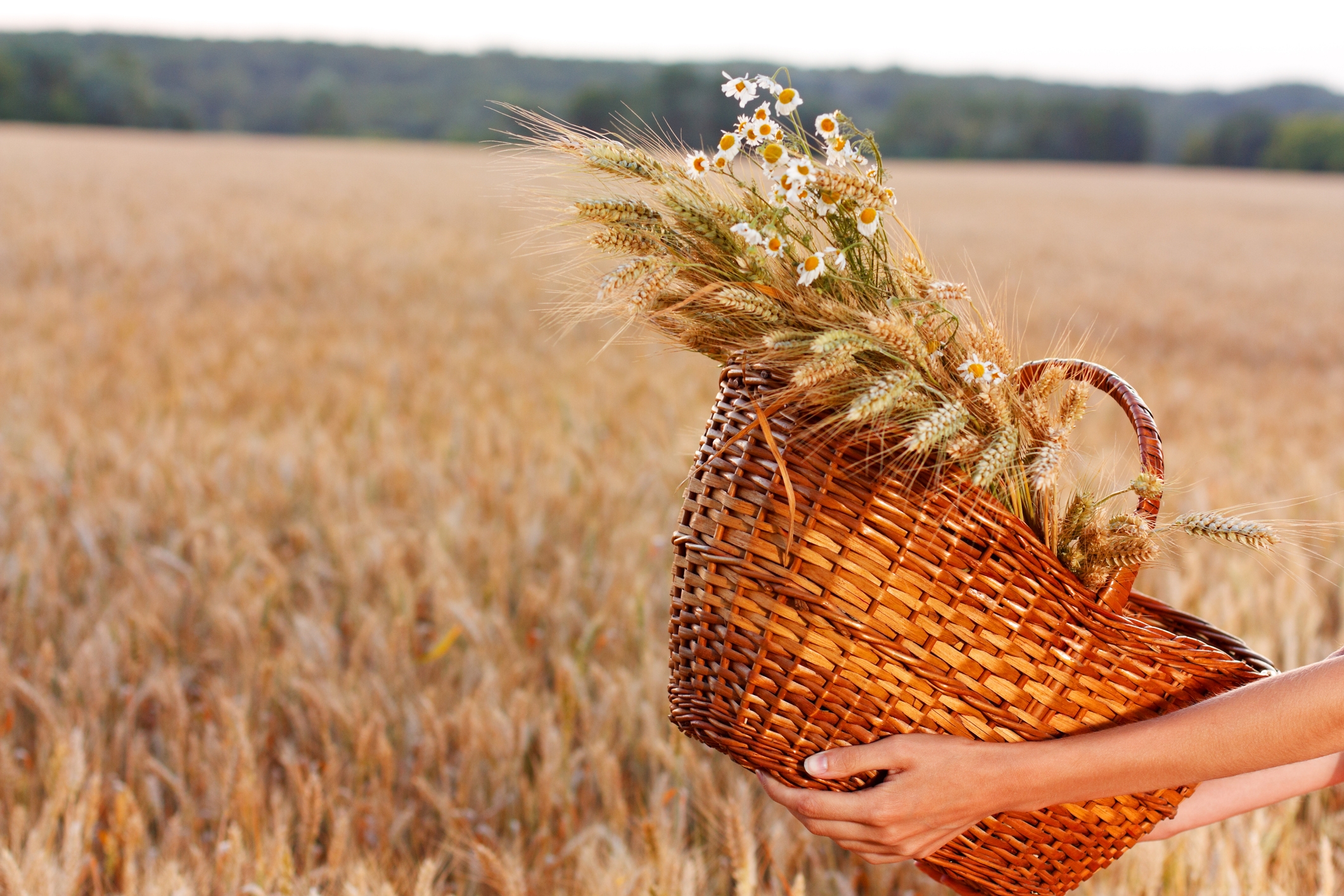Wheat
Wheat, a cereal grain that has shaped human civilization for thousands of years, stands as one of the world's primary staple foods. Its ability to grow in diverse climates, combined with its versatility in culinary applications, has made wheat essential to countless cultures. Particularly in regions like Alberta and the broader Canadian Prairies, wheat farming has deep historical and economic roots, serving both national and international food systems.

About
Wheat is a member of the grass family and is known for its unique anatomy, which includes the kernel, bran, endosperm, and germ. Different types of wheat cater to various needs: hard wheat is generally high in protein and used for bread, while soft wheat is used for pastries. Durum wheat, especially hard, is primary for pasta.
Wheat cultivation requires specific conditions: a fertile soil, moderate temperatures, and an adequate water supply. Its cycle begins with planting seeds, either in spring or winter, depending on the variety, and ends with harvesting mature plants.
In Alberta, and indeed much of Canada, wheat farming is a cornerstone of agriculture. The region's vast expanses of arable land, combined with its favorable climate, make it ideal for producing high-quality wheat, particularly the hard red variety used in bread.
History
The origins of wheat trace back to ancient civilizations in the Fertile Crescent, over 10,000 years ago. Its cultivation spread, becoming central to societies from Ancient Egypt to the Roman Empire. The grain's storability, nutritional value, and versatility made it a commodity of strategic importance throughout history.
In Canada, wheat farming began with early European settlers and expanded westward. Alberta's involvement in wheat cultivation began in the late 19th and early 20th centuries. The establishment of the Canadian Pacific Railway facilitated the movement of wheat and led to the Prairies, including Alberta, becoming the "breadbasket" of Canada. Wheat not only influenced Alberta's economy but also shaped its culture, communities, and identity.
Ways To Cook
Wheat's incredible versatility means it can be found in a plethora of culinary creations:
- Bread: From crusty baguettes to soft sandwich loaves, wheat is the primary ingredient in numerous bread types.
- Pasta: Durum wheat is milled into semolina, which forms the basis for a vast range of pasta.
- Pastry: Soft wheat varieties are used in cakes, cookies, and other pastries due to their lower protein content.
- Cereals: Wheat can be rolled, crushed, or flaked to create breakfast cereals.
- Beer: Wheat is a crucial ingredient in many beer varieties, offering a distinct flavor profile.
- Soups & Stews: Wheat berries can be added to soups and stews for texture and nutrition.
- Flour: Ground wheat forms flour, a foundational ingredient in countless dishes, from sauces to baked goods.
When preparing dishes with wheat or wheat-based products, one should be conscious of gluten content, as some individuals have allergies or intolerances. Regardless, wheat remains a cherished grain in numerous diets and culinary traditions worldwide.
Some Of Our Favourite Videos
Alberta Wheat Producers
West Country Mills
About this producerFoods from this producer:
Grainworks Organic Tillers & Millers
About this producerThe Saskaberry Ranch
About this producerHighwood Crossing
About this producerFoods from this producer:
-
West Country Mills
West Country Mills, Alberta 12, Bentley, AB, Canada
-
Grainworks Organic Tillers & Millers
Grainworks Inc, Township Road 180, Vulcan, AB, Canada
-
The Saskaberry Ranch
The Saskaberry Ranch, Township Road 324, Mountain View County, AB, Canada
-
Highwood Crossing
810 Centre Street Southeast, High River, AB, Canada
